Exhibits
Museum Exhibits
At the museum, visitors can learn about many aspects of Glacier County History in our main museum building and short term exhibit gallery in our collections care building. The Phillips Building, a historic structure built in the 1930s as an office for the oil company, Cobb and Company, and later long term area office for Phillips Petroleum, is also an exhibit space but is currently closed awaiting exhibit upgrades.
Marias Expedition
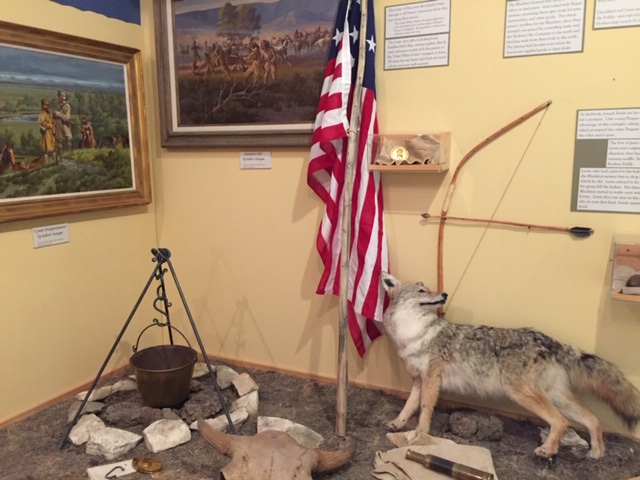
The Marias Expedition exhibit tells the story of the Lewis and Clark Expedition in 1806 when Meriwether Lewis explored our area. The exhibit also introduces the Blackfeet culture whose home the explorers were passing through. Learn about the two National Monuments (inaccessible to visitation today), Camp Disappointment and the Fight Sight.
John L. Clarke
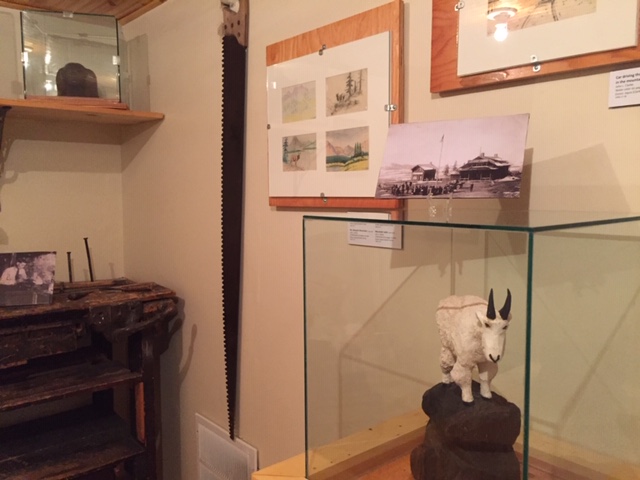
The artwork and story of Blackfeet artist John L. Clarke is featured. Known to the Blackfeet as “the man who talked not,” John was mute and deaf from a childhood illness. His Blackfeet heritage was very important to him. He focused on the animals and nature of Glacier Park for his inspiration, creating art from 1913 until his death in 1970.
Homestead
A replica of the Anton Nicoli Jacbosen homestead shack from the Red River area near the Canadian border introduces visitors to the homestead era when experienced and inexperienced farmers risked their life savings to come to our area in an attempt to create prosperous farms from the rolling prairie. Promoted and encouraged by the Great Northern Railroad which greatly economically benefited from homesteading, homesteaders came, selected land, paid filing fees, and entered into an agreement with the federal government to create a prosperous farm within three to five years.
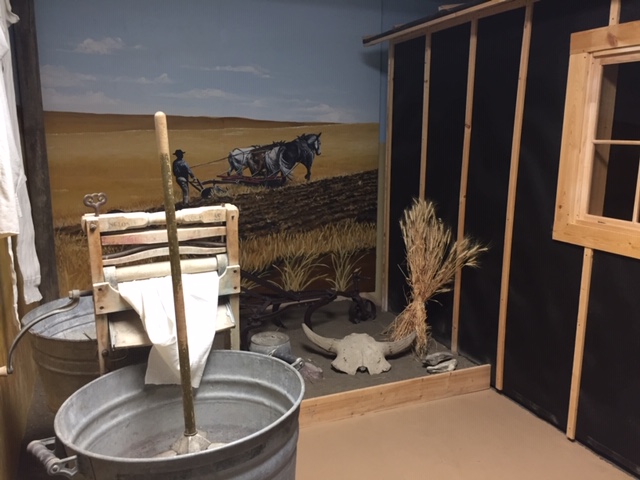
People's Hardware
Lorem ipsum dolor sit amet, consectetur adipiscing elit. Ut elit tellus, luctus nec ullamcorper mattis, pulvinar dapibus leo.
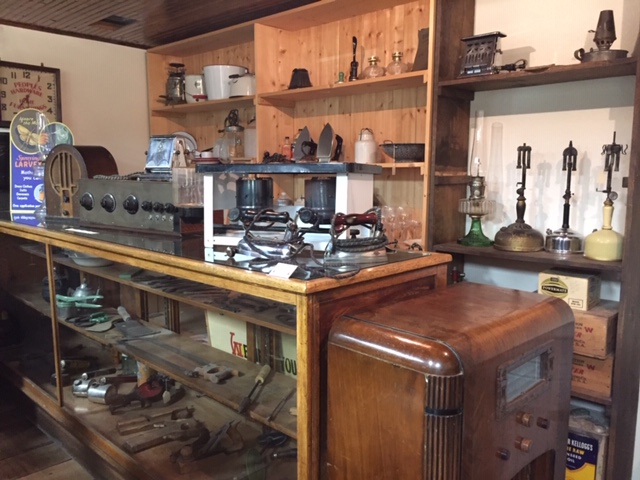
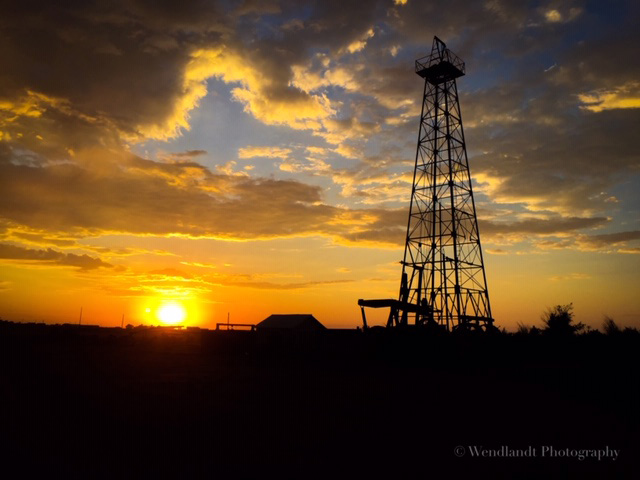
Oilfield
Lorem ipsum dolor sit amet, consectetur adipiscing elit. Ut elit tellus, luctus nec ullamcorper mattis, pulvinar dapibus leo.
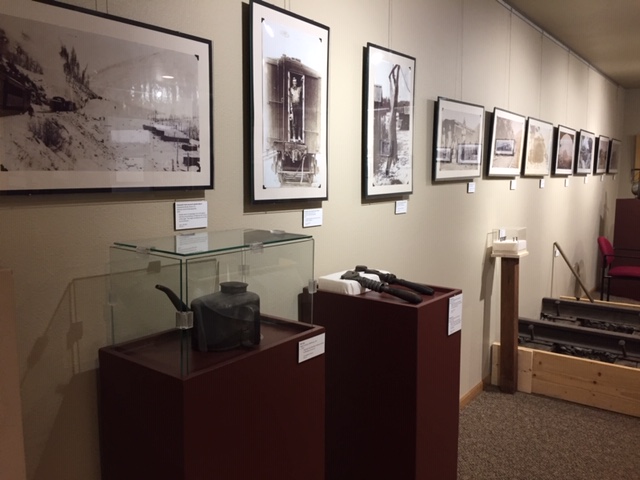
Glacier Park
A short term exhibit gallery shows two aspects of Glacier National Park. Postcards from an album of Archie and Beulah Fry illustrate life in the Great Northern Railroad Construction Camp of Fielding in 1910 when the railroad undertook using over 1200 workers in a monumental project of improving and installing double track in the mountains from Summit to Essex. Also, photographs from the photo album of homesteader, Lois Maltby, show her family touring Glacier Park in 1915 before roads and extensive park development.
Historic Structures
At the museum you can explore our areas history by visiting our historic buildings and large objects. These include the Marias School, Matlby Homestead, Hegg Oil Worker’s House, P.P. Lee Mercantile, windmill, machinery row, Henry Jacobson’s Miniature Farm, Burlington Northern Caboose, the Jeffery’s Cable Tool Oil Rig, and several vehicles.
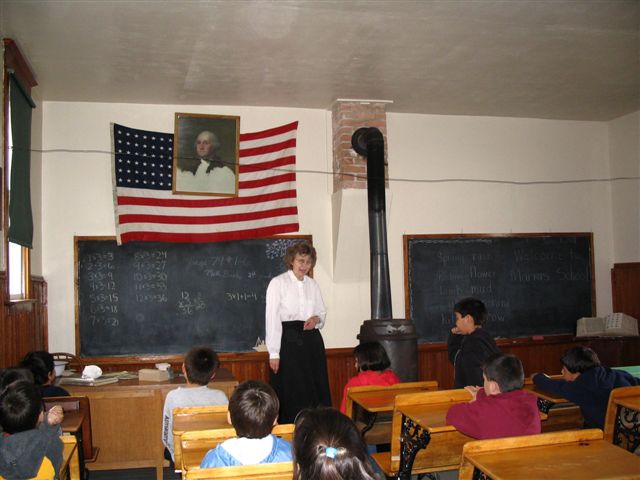
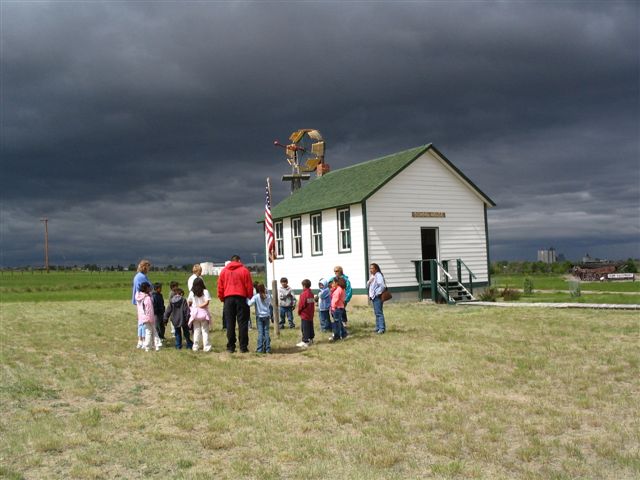
Marias School
The eastern portion of Glacier County is a strip of land bordering Canada on the north, Toole County on the east, Pondera County on the south, and the Blackfeet Indian Reservation to the West. Beginning in 1909, homesteaders moved into this area transforming the prairie into productive farms. In each area homestead families would gather together and form a school district. A three-member school board was elected by the voters in each school district to build and maintain a school and hire a teacher.
Today, the interior is furnished as the Marias School would have looked in 1917. That year Mrs. Ella Cummings taught 15 students. Schools like the Marias School also served as the local voting center and occasionally hosted religious services and dances. The summer of 1917 was the beginning of a long term drought that lasted through the 1920s. Homestead families struggled to survive. Homesteaders who over-improved their farms and had extensive debt soon lost their land. By 1921, the Marias School was closed. In 1931 during the oil boom, the school would reopen. Class sized ranged from 3 to 7 students. The school closed again in the early 1950s. Gradually, all the homestead school districts were merged with School District 15 at Cut Bank and the rural students bussed into town.
The school is a part of our day program tours, ‘One-on-One with a Historian’ tour on homesteading, available for rental for birthdays and other special occasions, and is part of our annual Christmas program in December when school children in period dress perform a school Christmas pageant.
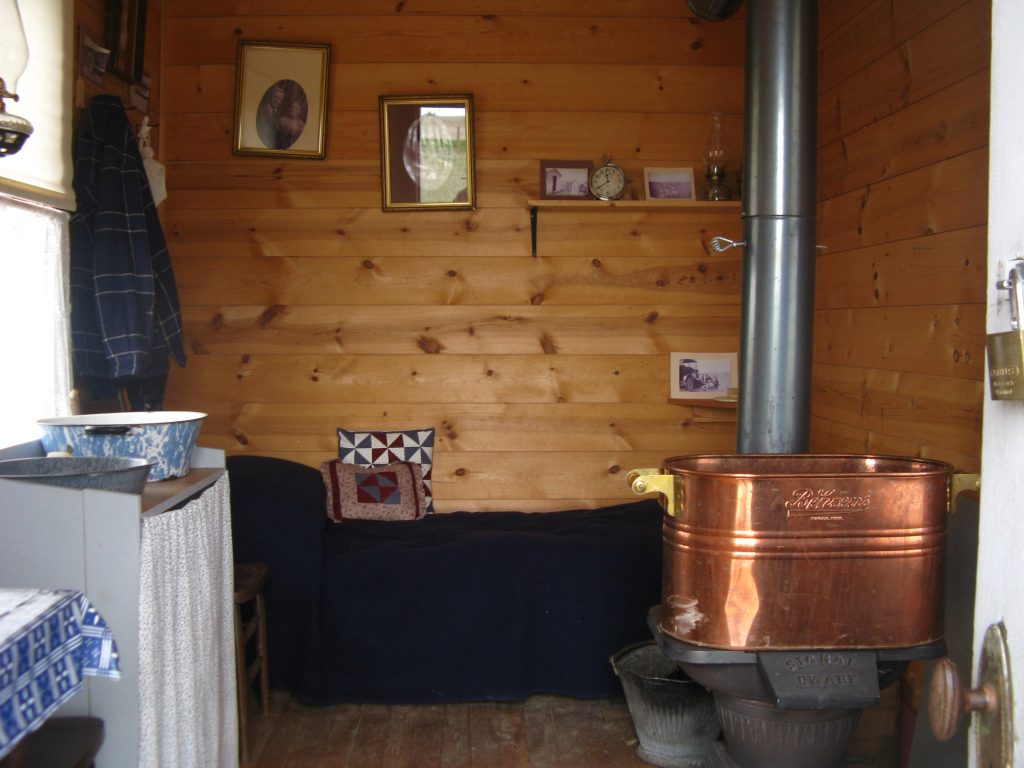
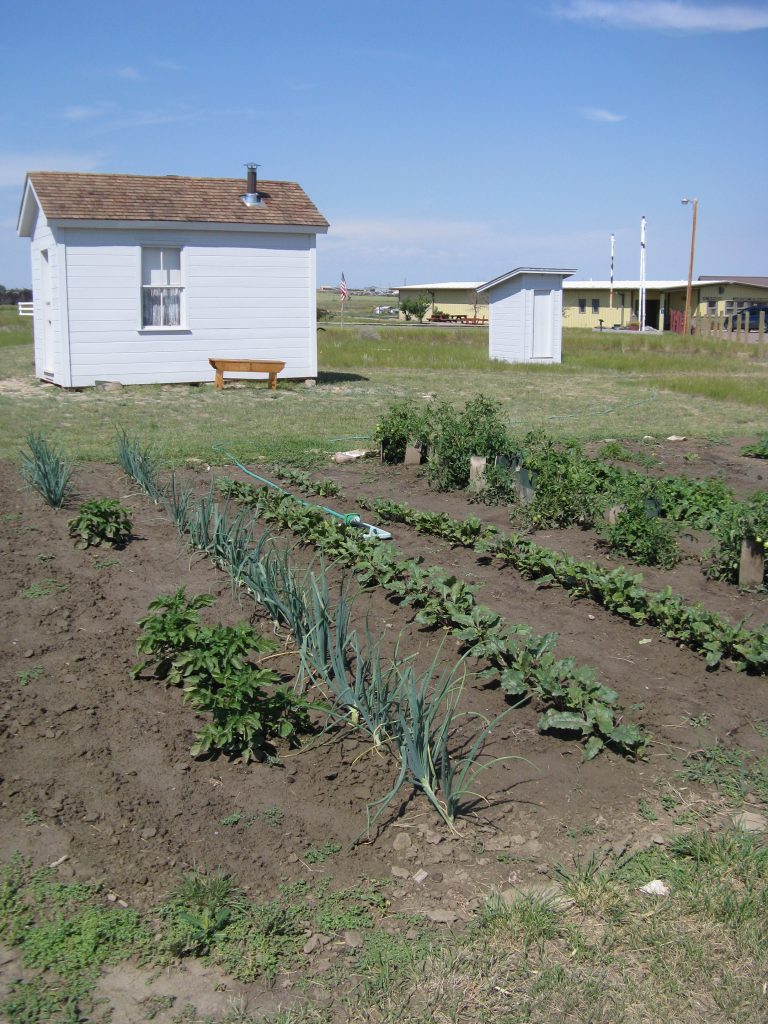
Lois Maltby Homestead
In 1910, Estelle and Henry Maltby moved from Cherokee, Iowa to Cut Bank to homestead. In 1913, Lois moved to Cut Bank to be closer to her parents. In December 1913, Lois filed an 80-acre claim near her parents. She built an 8 by 16 foot homestead house and privy which was close enough to assist her parents on their nearby homestead. She also worked for Halvorson’s General Store in Cut Bank in the dry goods department. Her father helped her farm the land growing wheat and flax. By 1917, Lois earned title to her homestead. By then she had built a 4 by 8 foot addition. By 1920, Lois lived with her parents in Cut Bank but held onto her land hiring help to farm into the 1960s.
Lois and her parents participated in the homestead process that was allowed by the Homestead Act of 1862 and the Enlarged Homestead Act of 1909. Lands throughout Montana including non-Indian Reservation lands around Cut Bank to Homesteading. Most homesteaders arrived by train on the Great Northern Railroad, with their belongings including furniture, farm implements, and livestock in box cars called immigrant cars. After unloading their belongings at stations like Cut Bank and Ethridge, the typical homesteader went to the local government land office to see what land was available. After 1909, the homesteader could file on up to 320 acres of land. He or she promised the US Government that if they lived on the land for either three or five years and could prove that they transformed their land into a productive farm with buildings, fences, and cultivated lands producing crops, the land was theirs.
While the original Lois Maltby homestead no longer exists, this reconstructed homestead and privy was built using photographs from the Maltby family collection and information contained in Lois’s Land Patent Application File found in the National Archives. Our chicken house was built using plans found in the 1911 Cut Bank Pioneer Press and is home to breeds popular with homesteaders, the Plymouth Rock (black) and Leghorns (white). Each year a garden is planted. Gardens were very important to homesteaders. The more food they grew on the farm, the less dependent they were on the general store. Popular crops were potatoes, turnips, rutabagas, onions, and carrots.
The homestead is a part of our day program tours (exterior only), or an interior One-on-One with a Historian tour about homesteading and daily life, overnight experience program on homesteading, or available for rental for birthdays and other special occasions.

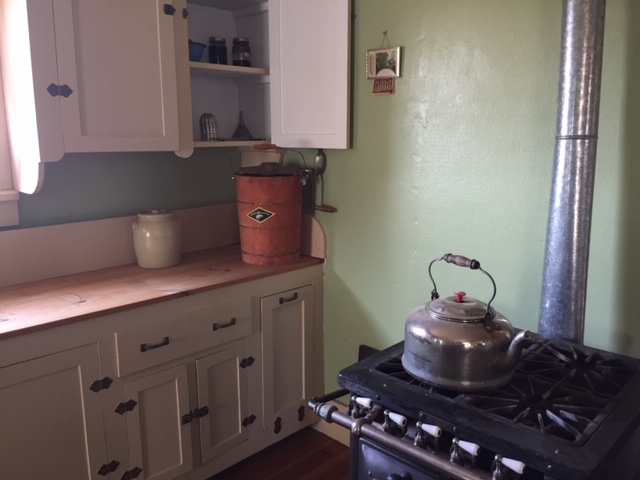
Hegge Oil Worker's House
In 1934, Mel Hegg purchased this house for $500 but he still had to lease the land. He moved in with his wife, Doris, and four year old daughter, Hermoine. Mel worked in the oilfields as a driller on a cable tool rig.
This home was located in Santa Rita, three miles north of Cut Bank in the heart of the oil field. Santa Rita was one of many oil camps in the Cut Bank area that housed oil workers and their families close to their work. Exploration of the Cut Bank field began in 1928 and the oil boom took off in 1931. By the late 1930s, Cut Bank and its satellite oil camps and six refineries prospered and nicknamed itself as the “Oil Capital of Montana.” According to the 1940 census, two hundred two people lived in Santa Rita. The community had electricity which most oil camps did not have. Santa Rita had a grocery store run by John C. Anstey, his wife Alta was the postmistress, Duncan Gillis ran the service station, Irene Gill operated a boarding house, and Lee Edwards ran a tavern and night club.
Most oil worker’s homes were referred as shacks. Oil shacks had tar paper siding. This house was once a shack but was upgraded to an oil house with the addition of wood clapboard siding. Typically oil shacks/houses were build long and narrow like this one. Designed to be portable, they could be jacked up with wheels installed underneath and hauled to a new location by truck. This house was fancier than most having wall paper and painted hardboard walls. Many were decorated with sheets of colored construction paper.
Our oil worker’s house was moved from Santa Rita to the museum in the late 1990s and is restored and furnished as the Hegg family lived there. The oil house’s exterior is part of our day program tours, and is featured in a One-on-One with a Historian tour about the local oil industry. Guests can also stay in the Hegg House in our ‘Overnight in History’ experience program, and participate in special events such as our Christmas Program in December.
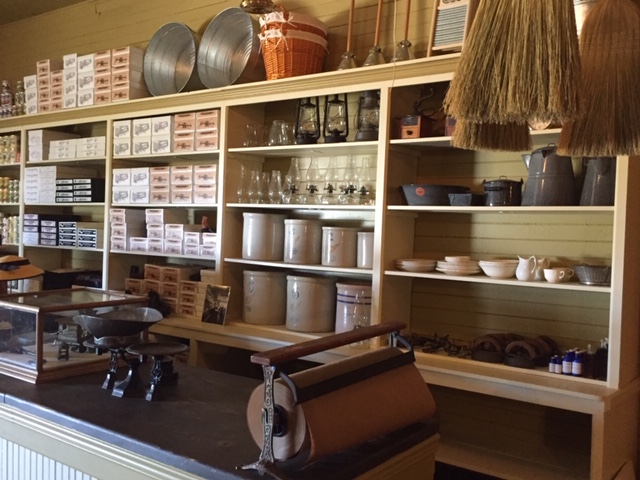
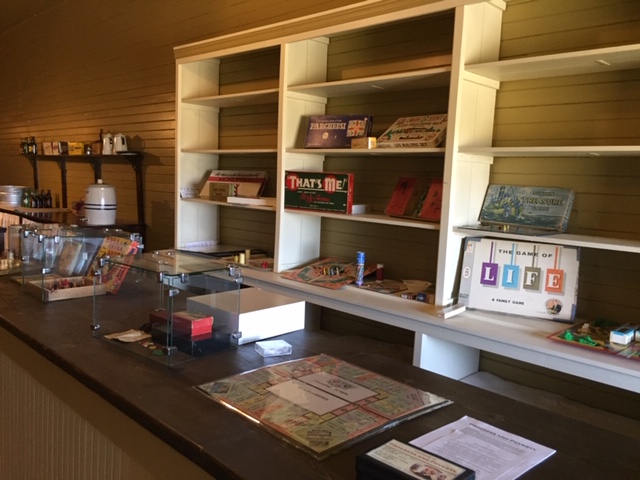
P.P. Lee/Pioneer Store
In the summer of 1900, the Great Northern Railroad brought 250 workers to Cut Bank. Peter P. Lee, a merchant from Minot, North Dakota opened a branch general store in Cut Bank in a small frame building, hoping that the rumor that the railroad would move its roundhouse and division point from nearby Blackfoot to Cut Bank making the town permanent. The rumor was true and the roundhouse was functioning by December. The town soon grew to a population of 300.
A rival merchant, Halvor Halvorson, opened a large general store in a two-story frame building in February 1901. In order to compete with his rival, Lee had to expand. So he built a larger, single story, wood frame store, opening with a celebratory dance in August 1901. His store became known as the Pioneer Store, selling dry goods, groceries, and hardware and for a time was home to the local post office. In 1912, Lee and his former store manager/now partner Martin Jacobson moved their business into a newly constructed two-story brick building.
The old store building then became Knute Wold’s automotive dealership selling Mitchell cars until 1913 and then Peter Ruetten operated a barber shop and billiard hall until the early 1930s. During the prohibition years starting in 1919, Ruetten’s Billiard Hall was a favorite establishment for prohibition raids. After the repeal of prohibition in the early 1930s, Ruetten remodeled his business, dividing it into a restaurant on the north side and beer parlor on the south.
He sold the business in 1946 and the Pioneer Bar occupied the building and became a popular tavern until 2007 when the business moved next door into a larger modern facility. Destined for demolition to make room for a parking lot, the old mercantile building was donated and moved to the Glacier Historical Museum.
In the summer of 2018, the museum opened the building with exhibits and special events. In the first twenty-five feet a section of Peter P. Lee’s store has been reconstructed and furnished. A fascinating collection of photographs from across Glacier County taken between 1902 and 1920 are also on exhibit.
The Mercantile building is available for visitation as a part of our One-on-One with a Historian program and for special events. Special events currently held in the building include our monthly silent movie nights (May to October), 1910 to 1940s game nights (May to October), 1920 Club Café dinner and dessert nights (May-October), and our Christmas program in December. Support for further restoration and furnishing of the general store is needed and appreciated.
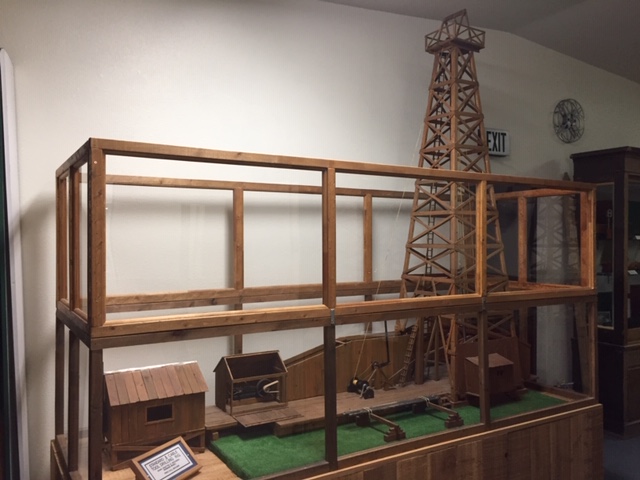
Oil Derrick
Roy “R.C.” Jefferies arrived in Cut Bank in 1929 and began cattle ranching and working in the oil industry. He became successful in both. The oil boom in Cut Bank began in 1931. By the late 1930s, larger oil companies like the Texas Company came to town and began to invest in the oil field, creating stable employment. Soon Cut Bank nicknamed itself the “Oil Capital of Montana.” Jeffries purchased this cable tool rig in 1938 from American Pipe and Supply Company in Cut Bank. A 1943 oilfield directory listed R. C. Jeffery as owner of a small oil company with Evan Essex as secretary. The company had three producing oil wells on 66 acres in the Cut Bank Field. In 1940, the company produced 24,032 barrels of crude oil at an average price of .90 per barrel. Prior to 1940, the company produced approximately 100,000 barrels. The company employed one person. A typical cable tool rig like this consisted of the derrick, the engine house, and the forge house where drill bits were sharpened.
This rig was used mostly in the South Cut Bank Field on the Blackfeet Indian Reservation near the boundary with Pondera County. In later years, the rig was moved north of Cut Bank and last used and abandoned near the road leading to Del Bonita. By 1980, the rig was near collapse but was rescued and moved to the Glacier Historical Museum. The rig is one of the last cable tool rigs existing in Montana.
While the rig is available for viewing as a part of our day program tours, it is in serious need of restoration. Your financial support is needed first to fund an architectural/engineering plan that will lead to submitting a grant request for stabilization and restoration of this very significate symbol in Montana history. Grants for projects such as this require matching funds. For more information, go to How To Help.
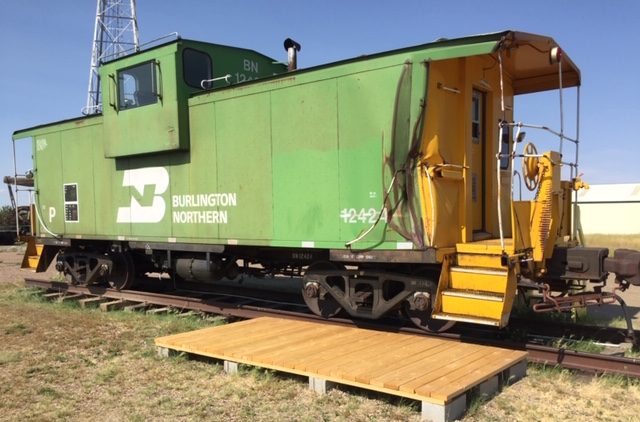

BN Caboose
Our Burlington Northern caboose #12424 was built in 1981 by the International Car Company of Kenton, Ohio. This caboose served along the hi-line through the 1980s and was one of the last series of cabooses purchased by the Burlington Northern Railroad. The caboose was the office for the rear brakeman and conductor who used the caboose to complete paperwork and to check for safety issues. Paperwork included way bills that contained information about each car on the train and its contents, place of origin, and destination.
As the train passed a staffed station, they would go outside on the platform and lean out to grab a train order that the station operator held out on a train order hoop. The train crew had to follow the instructions of the orders. The station operator copied train orders received via telephone from the dispatcher. A dispatcher was in charge of train movements over a certain designated section of track. During the operating years of this caboose, dispatchers for this area were first stationed at Havre, Montana, then moved to Billings, Montana, then to Fort Worth, Texas.
Up in the cupola, the conductor and brakeman would sit watching the freight cars for malfunctions. Often the journal boxes on the wheels of a freight car would get hot and catch fire. Sometimes an air hose (part of the brake system) or a part on a railroad car’s coupler (knuckle or pin) would break, and the conductor or brakeman would take spare parts and tools stored in the caboose to make repairs. When switching cars on and off the train, the conductor and brakeman would use battery powered railroad lanterns and give hand signals to the engineer to move the train forward, backward, or stop.
Today, improved freight car and computer technology has made the caboose obsolete. Train orders are no longer used. Most cabooses have been retired and are no longer needed in most modern railroad operations. The conductor now rides in the engine and the position of brakeman has been eliminated. Now either a secondary engine is found at the rear of the train or a flashing red marker light, nicknamed “Fred,” is attached to the last car to flash and electronically send information to the dispatcher about the train’s location.
Our caboose is a part of our day program tours (exterior only). For an up close and interior tour, try the ‘One-on-One with a Historian’ program. Guests can stay in the caboose as a part of our ‘Overnight in History’ experience program, and even rent it for birthdays and other special occasions.